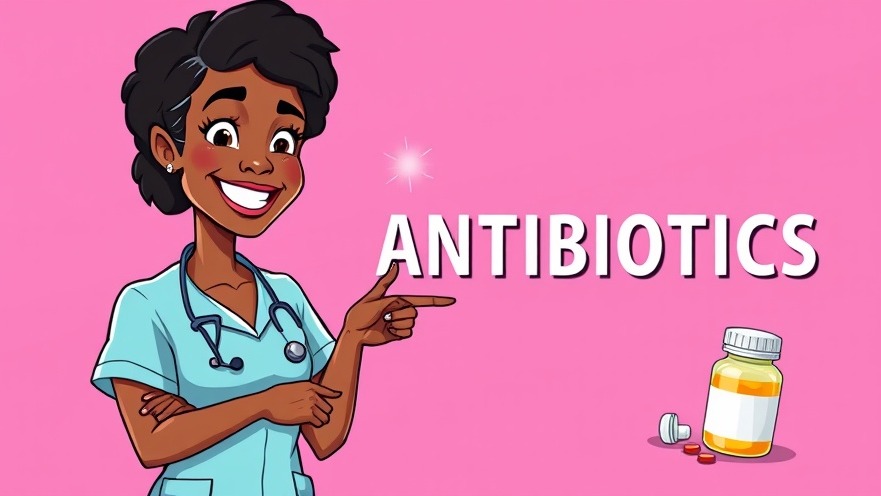
Understanding Antibiotic Classes: A Pathway to Effective Nursing Care
As healthcare professionals in Uganda and East Africa, grasping the pharmacology of antibiotics is crucial for effective patient management. In this insightful review, we explore the major antibiotic classes, their uses, and the vital precautions nurses must take.
In 'Antibiotics Pharmacology Classes Nursing NCLEX Review Made Easy & Nursing Mnemonics', the discussion dives into vital antibiotic classes, exploring key insights that sparked deeper analysis on our end.
Key Antibiotic Classes Explained
The penicillin class, with its recognizable suffix, focuses primarily on treating gram-positive bacteria. Remember, penicillin can cause common allergic reactions, making it essential to ask patients about their histories and watch for adverse effects like rash or hives. On the other hand, cephalosporins are broad-spectrum and good for gram-positive and some gram-negative bacteria.
Meanwhile, the aminoglycosides, effective against primarily gram-negative bacteria, necessitate careful monitoring of kidney functions, given their nephrotoxicity.
The Importance of Patient Education
Educating patients on proper medication intake is essential. For instance, fluoroquinolones must be accompanied by adequate fluid intake to prevent kidney damage, and macrolides should ideally be taken with food to avoid gastrointestinal discomfort.
Monitoring and Complications
As nurses, it's vital to monitor patients for potential side effects. For example, sulfonamides require awareness of skin sensitivity and possible serious reactions like Stevens-Johnson syndrome. Similarly, tetracyclines can have teratogenic effects and should not be administered to pregnant women.
Conclusion: Empowering Nursing Practice
Familiarity with these antibiotic classes not only enhances nursing practice but also improves patient outcomes. With the right knowledge and proactive monitoring, we can safeguard our patients' health and well-being. Join us in exploring more resources to bolster your nursing skills and patient care techniques.
 Add Row
Add Row  Add
Add 


Write A Comment